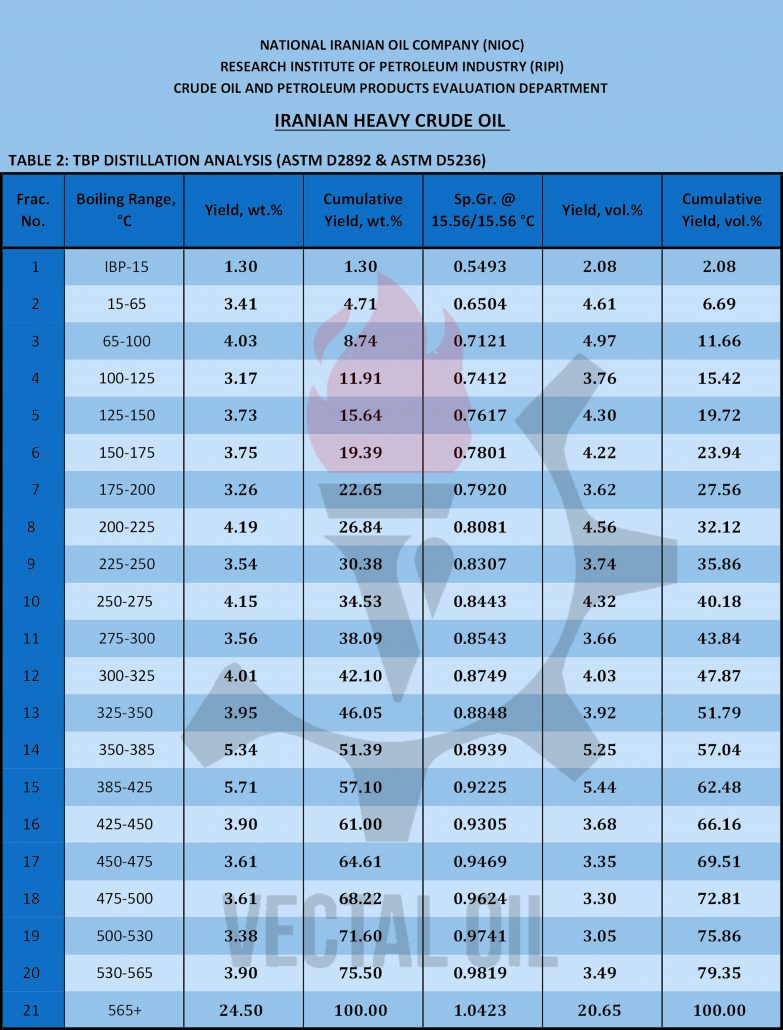Vestibulum curae torquent diam diam commodo parturient penatibus nunc dui adipiscing convallis bulum parturient suspendisse parturient a.Parturient in parturient scelerisque nibh lectus quam a natoque adipiscing a vestibulum hendrerit et pharetra fames nunc natoque dui.
CRUDE OIL-HEAVY CRUDE OIL
$0.00
Crude oil or petroleum is a thick, flammable liquid of burnt brown or dark green, or black that is found in the upper layers of parts of the Earth’s crust. The oil contains a complex mixture of different hydrocarbons. Most of these hydrocarbons are from the alkane chain; But inwardly, composition or purity may vary greatly. Oil is called black gold. Oil is considered a fossil fuel and is non-renewable.
Categories: Crude Oil, Oil & Gas, Oil Derivation
Reviews (0)
Be the first to review “CRUDE OIL-HEAVY CRUDE OIL” Cancel reply
Shipping & Delivery 



MAECENAS IACULIS
ADIPISCING CONVALLIS BULUM
- Vestibulum penatibus nunc dui adipiscing convallis bulum parturient suspendisse.
- Abitur parturient praesent lectus quam a natoque adipiscing a vestibulum hendre.
- Diam parturient dictumst parturient scelerisque nibh lectus.
Scelerisque adipiscing bibendum sem vestibulum et in a a a purus lectus faucibus lobortis tincidunt purus lectus nisl class eros.Condimentum a et ullamcorper dictumst mus et tristique elementum nam inceptos hac parturient scelerisque vestibulum amet elit ut volutpat.
Related products
Crude oil
$0.00
Petroleum, also known as crude oil and oil, is a naturally occurring, yellowish-black liquid found in geological formations beneath the Earth's surface. It is commonly refined into various types of fuels. Petroleum consists basically of compounds of only two elements, carbon and hydrogen. Because these elements combine in a large variety of complex ways, however, crude oils vary greatly in their chemical composition. Their physical properties such as color, specific gravity, and viscosity also vary widely.
Urea
$0.00
Description
Urea is widely used in fertilizers as a suitable source of Nitrogen and also is one of the important raw material in the chemical industry and is used in the production of plastics especially urea-formaldehyde resins, adhesives such as urea-formaldehyde and Melamine Formaldehyde Urea,Potassium cyanate and Urea nitrate.
Condensate-Natural Gas Condensate
$0.00
The natural gas condensate is also called condensate, or gas condensate, or sometimes natural gasoline because it contains hydrocarbons within the gasoline boiling range, and is also referred to by the shortened name condy by many workers on gas installations.In general, gas condensate has a specific gravity ranging from 0.5 to 0.8, and is composed of hydrocarbons such as propane, butane, pentane, and hexane. Natural gas compounds with more than two carbon atoms exist as liquids at ambient temperatures
Mixed-Xylene
$0.00
DESCRIPTION
Mixed xylenes are the second-most-important aromatic product in terms of world consumption for chemical manufacture, ranking behind benzene and ahead of toluene. Mixed xylenes refers to the equilibrium mixture of four isomers with the same C8H10 chemical formula. The isomers in order of natural occurrence are meta-xylene, ortho-xylene, para-xylene, and ethylbenzene.
Xylenes are produced with different processes. When in refineries, oil cuts enter the reforming units, aromatic compounds comprise a great proportion of the outflow material. Separating this flow into its components, accounts for more than 70 percent of global xylene supply. Also in the steam cracking process in olefin units, some quantity of Mixed Xylene is produced. In addition, disproportioning Toluene into Benzene and Xylene and treating Pyrolysis Gasoline are also different ways to produce Mixed Xylene.
Ammonium chloride(industrial grade)
$0.00
Ammonium chloride, abbreviated as ammonium chloride. It refers to the ammonium salt of hydrochloric acid, which is mostly a by-product of the alkali industry. Containing 24%~26% of nitrogen, it is white or slightly yellow square or octahedral small crystal. It has two dosage forms of powder and granular. Granular ammonium chloride is not easy to absorb moisture and easy to store, while powdered ammonium chloride is used more. Basic fertilizer for the production of compound fertilizer
Condensate-Natural Gas Condensate
$0.00
Gas condensate is mostly composed of pentane and heavier hydrocarbons (+ C5) and depending on its harvesting position can contain sulfur and salt and is usually free of metals and about half of it is naphtha. Unlike butane and propane, gas condensates do not require special conditions to remain liquid and can be converted to diesel, gasoline, kerosene, jet fuel, etc. in various ways. Compared to crude oil refinery, in gas condensate refinery, conversion and refining processes are less, so its investment cost is less than the investment cost of crude oil refinery. The specific calorific value of each liter of gas condensate is about 32706 BTU, which is approximately equal to the heat value of 826 /. Cubic meters of natural gas is the first national pipeline; Therefore, this product is of considerable importance for export due to its high calorific value. In such a way that its export can return the initial investment cost of a gas refinery in a short period of time, provided that it has the desired technical characteristics.
Gas oil
$0.00
This Fuel is Obtained From Middle-Distillation Products Of Refinery Of Which Distillation Range Lies At 150-385 Degrees Celsius. This Product Is Refined Chemically And Physically In Such A Manner That Comprising Hydrocarbon Compounds Have Proper Function In Torches And Internal Combustion Engines. The Natural Color Of This Product is Amber. It is Applied As Fuel In Internal Combustion Diesel Engines And As Fuel For Types Of Household And Industrial Torches.
Gas Oil-Gas Oil 7000 ppm
$0.00
Gasoil (French: Gasoil) or petroleum gas or diesel fuel (French: Diésel) is used as fuel for diesel engines and thermal installations. Its hydrocarbon range is between C14-C20 and even C25 with a boiling point range of 385-250 degrees Celsius. Petroleum gas mainly consists of three groups of paraffinic, naphthenic and aromatic, has a minimum flash point of 54 ° C and a maximum pour point of 0 ° C.

















Reviews
There are no reviews yet.